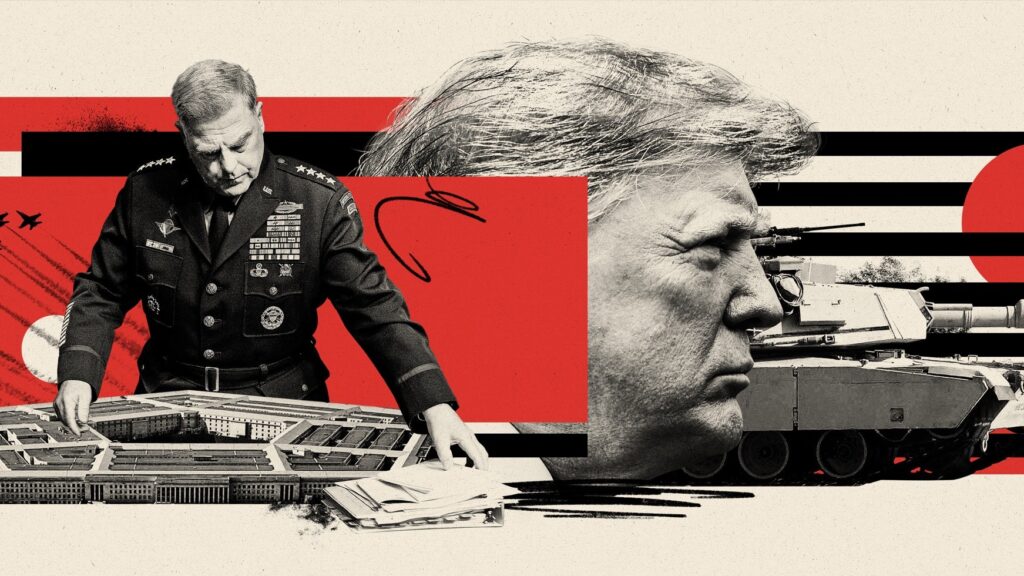The Art of Combat Narratives: A Guide to the Finest War Fiction explores the power and impact of war fiction in literature. War has been a recurring theme in literature, with authors fascinated by the stories of courage, sacrifice, and the human condition during times of conflict. War fiction has the ability to transport readers into the heart of battle, allowing them to experience the intensity and emotions associated with combat. This guide explores the development of complex characters, the creation of realistic battle scenes, and the exploration of war’s impact on individuals and society. It also delves into timeless war fiction classics and the evolving nature of contemporary war narratives. The social responsibility of war fiction is also discussed, highlighting the importance of nuanced portrayals of war’s complexities. Overall, the art of combat narratives in war fiction stands as a testament to the indomitable spirit and enduring artistry that can emerge from the most harrowing of human endeavors.
The Art of Combat Narratives: A Guide to the Finest War Fiction
Introduction
War has been a recurring theme in literature, serving as a backdrop for countless captivating stories. From ancient Greek epic poems to modern novels, authors have been fascinated with the tales of courage, sacrifice, and the human condition that emerge during times of conflict. War fiction, with its ability to capture the essence of warfare and its impact on individuals, can transport readers into the heart of battle, enabling them to experience the intensity and emotions associated with combat. In this guide, we will explore the finest war fiction and delve into the art of crafting compelling combat narratives.
The Power of War Fiction
War fiction holds a unique position in the literary world. It blends historical events with vivid storytelling, painting a picture of war that is both realistic and imaginative. These narratives allow readers to witness the horrors of war, the camaraderie among soldiers, and the toll it takes on the human psyche. Through war fiction, authors can explore universal themes of love, loss, honor, and resilience, making it a powerful genre capable of leaving a lasting impact on its readers.
Character Development in Combat Narratives
One of the essential elements of war fiction is the development of complex and relatable characters. Whether it is the soldier on the front lines or the civilian caught in the crossfire, these characters become the lens through which we experience the story. Skilled authors craft multidimensional personas, exploring their backgrounds, motivations, and their evolution throughout the narrative. By endowing characters with depth and humanity, writers establish a bond between the reader and their protagonists, making the emotional stakes of war feel all too real.
Creating Realistic Battle Scenes
Well-written war fiction must also convincingly depict the chaos and brutality of combat. The art lies in striking a balance between accuracy and narrative flow. Authors must research military tactics, weaponry, and historical context to create an authentic battlefield atmosphere. However, they must also remember that readers are in search of more than mere facts; they want a captivating story. Skillful authors know how to interweave action, suspense, and emotion into their battle scenes, immersing readers in the heart-pounding adrenaline of war without sacrificing the depth of the narrative.
The Impact of War on Individuals and Society
War fiction often explores the profound impact of conflict on individuals and society as a whole. It sheds light on the psychological and emotional scars left behind, the disillusionment that can take hold, and the bonds formed in the face of adversity. By examining war’s consequences, authors prompt readers to reflect on the nature of violence, the price of freedom, and the resilience of the human spirit. War fiction thus becomes not only entertainment but also a window into the complexities of human nature and society.
Timeless War Fiction Classics
Throughout literary history, certain war fiction novels have stood the test of time, captivating generations of readers. From Erich Maria Remarque’s “All Quiet on the Western Front” to Leo Tolstoy’s “War and Peace,” these classics have not only shaped the genre but have become significant works of literature that offer profound insights into the human experience. As aspiring writers or readers of war fiction, it is crucial to explore these timeless masterpieces to understand the techniques and themes that make them enduring sources of inspiration.
Contemporary War Fiction
War fiction continues to evolve, reflecting the changing nature of conflict and the experiences of soldiers in the modern world. Contemporary authors such as Anthony Doerr, Phil Klay, and Khaled Hosseini have brought fresh perspectives to war narratives, exploring themes of globalization, terrorism, and the impact of war on civilians. Their works challenge traditional notions of heroism and redefine the boundaries of the genre, pushing readers to confront uncomfortable truths and rethink their perceptions of war.
The Social Responsibility of War Fiction
While war fiction can be a source of entertainment and an exploration of the human condition, it also carries a degree of social responsibility. Authors have the ability to shape public perception and understanding of war, influencing how society processes and empathizes with the experiences of those affected by conflict. It becomes essential, therefore, for war fiction authors to approach their narratives with sensitivity, respect, and a commitment to providing nuanced portrayals of war’s complexities.
Conclusion
The art of combat narratives holds a distinguished place in the literary world, allowing authors to capture the visceral realities of war while weaving enchanting tales of human resilience. Through skillful character development, authentic battle scenes, and exploration of war’s profound impact, war fiction offers readers insight into the darkest corners of the human experience. It also stands as a testament to the indomitable spirit and enduring artistry that can emerge from the most harrowing of human endeavors.
